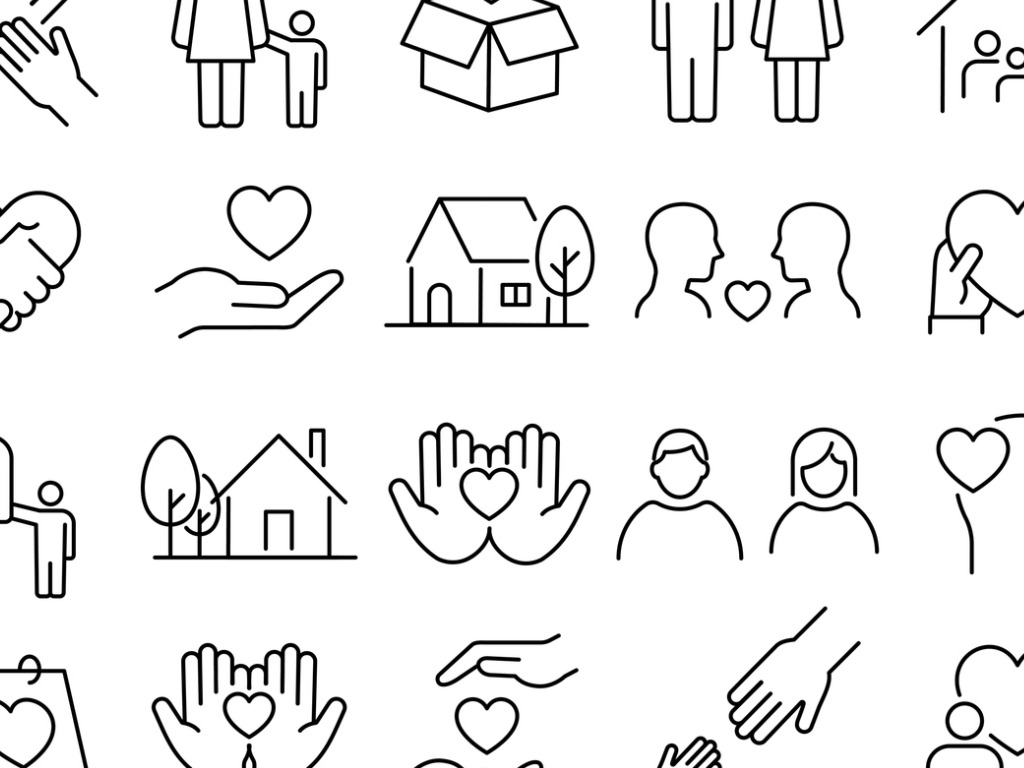Blog » The History of Cremation: From Ancient Rituals to Modern Choices

The History of Cremation: From Ancient Rituals to Modern Choices
Cremation is often viewed as a modern, practical choice, but its origins date back thousands of years. From ancient funeral pyres to today’s simple funeral options, including simple choice cremation services, this practice reflects humanity’s evolving relationship with death, spirituality, and remembrance. In this blog, we’ll explore how cremation has developed across cultures and time periods and why it remains a meaningful choice for many families seeking cremation services today.
Ancient Beginnings
The earliest evidence of cremation dates back over 5,000 years, found in archaeological sites across Europe and Asia. Ancient people saw fire as a purifier and a way to release the spirit from the body, connecting the physical and spiritual worlds. Cremation was more than just disposal; it was a sacred ritual meant to honor the dead and protect the living, often performed as a simple service focused on respect and tradition.
-
What is the earliest known instance of cremation?
-
How did ancient cultures view fire in funeral rites?
-
What archaeological evidence supports ancient cremation practices?
Cremation in Ancient Civilizations
Many ancient civilizations incorporated cremation into their funeral customs. In ancient Greece and Rome, cremation was commonly practiced among warriors and nobility, symbolizing honor and valor. Hinduism, one of the oldest religions still practiced today, regards cremation as essential for liberating the soul from the body. While, Nordic and Viking cultures used funeral pyres and ship burials to celebrate the dead’s journey to the afterlife.
These traditions laid the groundwork for the respectful, dignified cremation services many families seek through providers like Simple Choice Funeral Home.
-
How was cremation practiced in ancient Greece and Rome?
-
What is the spiritual significance of cremation in Hinduism?
-
What were Viking funeral customs involving cremation?
Religious Views Through the Ages
Religious perspectives on cremation have varied greatly. Christianity, Judaism, and Islam traditionally preferred burial, associating cremation with heresy or disrespect. However, attitudes shifted over time. The Catholic Church, for instance, lifted its ban on cremation in 1963, acknowledging changing cultural and practical realities. Today, many religious groups accept and encourage cremation as a dignified choice, which is reflected in the availability of simple choice cremation services designed to respect diverse beliefs.
-
Why was cremation historically opposed in some religions?
-
When did the Catholic Church change its stance on cremation?
-
How do major religions view cremation today?
The Decline and Reemergence of Cremation
During the Middle Ages in Europe, burial became the dominant practice, partly due to Christian doctrine and the rise of church cemeteries. Cremation saw a decline but began to reemerge in the 19th century amid growing interest in hygiene, science, and secularism. The establishment of cremation societies and the invention of modern crematories sparked renewed acceptance, making cremation services more accessible to families seeking a simple funeral option.
-
Why did burial replace cremation in medieval Europe?
-
What factors led to the 19th-century revival of cremation?
-
How did technology influence cremation’s comeback?
Invention of modern crematories
Cremation Today
Today, cremation is one of the fastest-growing forms of disposition worldwide. More families are drawn to its affordability, flexibility, and environmental benefits. Modern options like direct cremation, straightforward approach and green cremation methods (like water-based alkaline hydrolysis) reflect society’s changing values around simplicity and sustainability. Companies such as our own (Simple Cremation USA) offer just cremations and simple choice cremation services tailored to meet these needs.
Technology has also expanded memorial possibilities, with digital tributes and keepsakes offering new ways to remember loved ones while keeping the process a simple service.
-
What is direct cremation, and why is it popular?
-
What are eco-friendly cremation alternatives?
-
How are families using technology to memorialize the deceased?
Digital memorials and cremation
Cultural Continuity and Change
Despite centuries of change, some themes remain consistent. Cremation continues to symbolize transformation, respect, and spiritual release. Yet, today’s families enjoy unprecedented freedom to personalize how they say goodbye, from scattering ashes in meaningful places to turning them into jewelry or art. The practice honors both tradition and innovation, reflecting how we navigate life, death, and memory through simple funeral choices and trusted providers.
-
What traditional meanings of cremation endure today?
-
How are families personalizing cremation rituals?
-
What new memorial trends are emerging around cremation?
Traditional symbolism of cremation
Conclusion
Cremation is a practice rich with history and meaning, continuously evolving to meet the needs of each generation. Whether rooted in ancient ritual or chosen for modern convenience, it remains a profound way to honor life and say goodbye. Families looking for cremation services often find peace in simple, dignified options like those offered by Simple Cremation USA, providing a simple service that honors their loved ones with care and respect.
Recent Blog Posts
- The Heart Behind Every Word: Why Our Families’ Stories Mean So Much
- Affordable Cremation, Meaningful Goodbyes: How to Honor Life Without Financial Strain
- More Than Mourning: A Tribute to a Life Well Lived
- Go figure! Instagram and Facebook for Cremation Services
- The History of Cremation: From Ancient Rituals to Modern Choices
- What to Do When a Loved One Passes Away at Home
- Ashes in Pop Culture: How Cremation is Portrayed in Movies & TV
- Healing Through Green: How Plants Support Mental Health and the Grieving Process
- Eco-Friendly Cremation and Burial Options
- Direct Cremation in South Carolina and Why Families Prefer This Option
